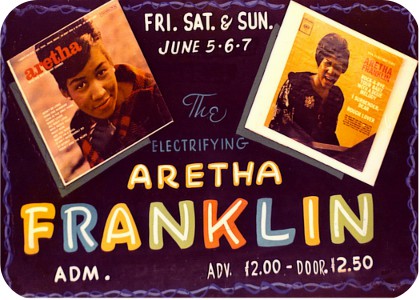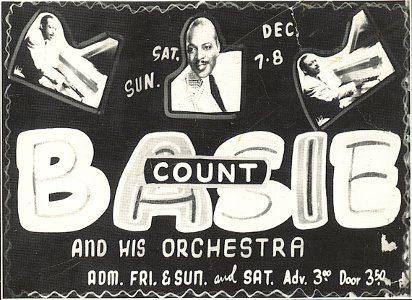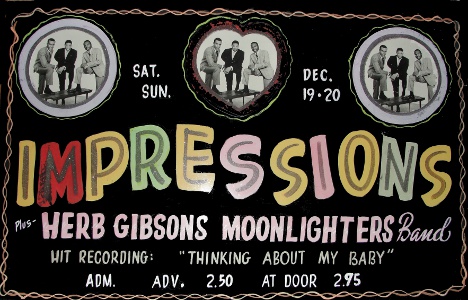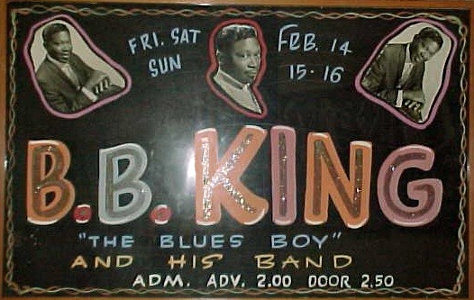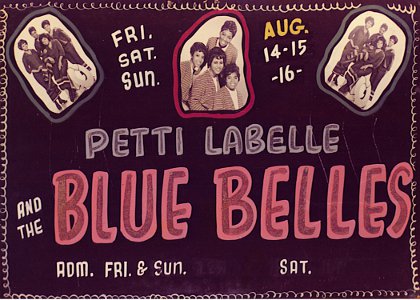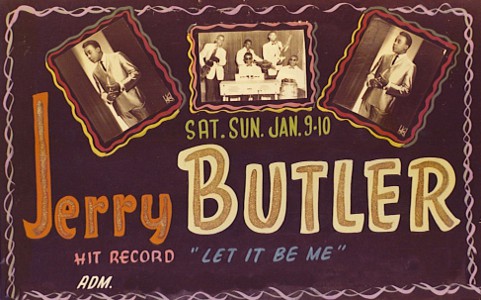THE CLYDE KILLENS PAPERS, 1930-1960
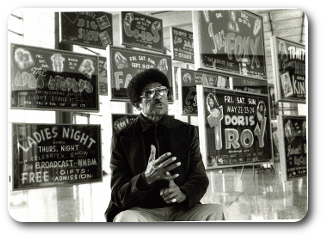
“I am Clyde Killens”
Nightclub impresario and promoter during the 1950s and ‘60s, Clyde Killens was born in 1912 in Valdosta, Georgia. While still a child, he and his mother moved to New York. When his mother died in 1924, he moved to Miami with his godmother, the late Georgette Campbell. Campbell owned Georgette’s Teahouse in Brownsville, a meeting place for celebrities, where Killens rubbed elbows with Bill “Bojangles” Robinson and Billie Holiday, among other entertainers.
In Miami, Killens lived in Overtown, then known as Colored Town or the Central Negro District. While still in his teens, he got a job at the old Lyric Theater playing drums for silent movies and for vaudeville shows. By the time he was in his early 20s, the night life was in his blood.
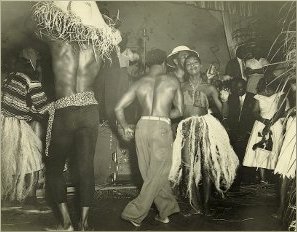
At the time, black patrons were excluded from Miami Beach hotels. Famous jazz and rhythm and blues artists would perform in Miami Beach clubs and stay in Overtown; and afterhours, Overtown clubs would rock with the music of Count Basie, Ella Fitzgerald, Cab Calloway, Josephine Baker, Billie Holiday, Nat King Cole, Aretha Franklin and many others. Killens made it his business to bring these acts to Overtown as paid performers, not just visitors.
For 25 years, throughout the 1950s and ‘60s, Killens brought top entertainers to the clubs he managed in Overtown. The nightclubs he managed included the Nut Club, the Elks, the Fiesta at the Mary Elizabeth Hotel, the Night Beat at the Sir John Hotel and the Island Club at the Harlem Square Gardens, all on Northwest Second Avenue from 6th to 10th Streets. At that time, this section was known as “The Strip” or “Little Broadway,” and later, “The Great Black Way.”
Killens was well known for his creative style in managing hotel and club promotions. The clubs catered mainly to adults, but Killens always scheduled matinees for teenagers and young adults. His theory was, “If I can get young people interested in wholesome fun, recreation and fraternization, it may help their minds to become so involved that it will tend to resolve their feelings and give them more freedom for their pent-up emotions.” He scheduled special Easter Sunday afternoons for children where soft drinks were served and prizes awarded for the best dressed boy or girl.
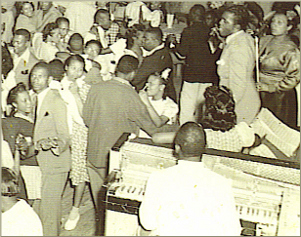
Killens also made friendships with white doctors and lawyers who would bring their teens to the clubs to attend jam sessions and matinees, thus bringing black and white teens together to socialize long before integration.
Killens was married to Ova Killens who died in 1991. The couple never had children. Killens had two children by his second wife, Veola. He died of cancer at age 95.
Dorothy Jenkins Fields, Founder of The Black Archives, shared Georgette Campbell as godmother with Killens and was Killens’s longtime friend. In 1974, when Fields started The Black Archives, before its incorporation in 1977, Killens called her one day and offered her his collection of billboards. The billboards, 116 of them, advertised the entertainers who appeared at his clubs from the 1930s into the early ’60s. He told her, “If you want these things, take them now, or they are going into the garbage.” The billboards are now preserved at The Black Archives in the Clyde Killens and Sammie Rabin Billboard Collection (Sammie Rabin was the artist who made the billboards).
In addition to the Samual Rabin and Clyde Killens Billboard Collection, the Black Archives is home to the Clyde Killens Papers Collection, featuring many photographs of the hotels and clubs Killens managed.
Click to browse images of the Clyde Killens and Sammie Rabin billboards

